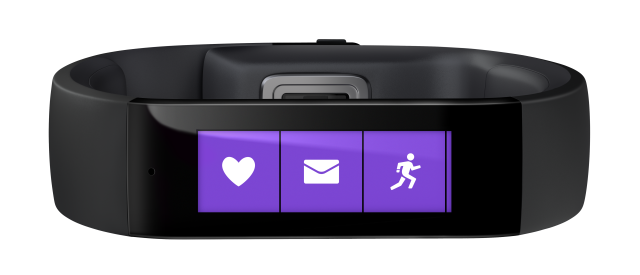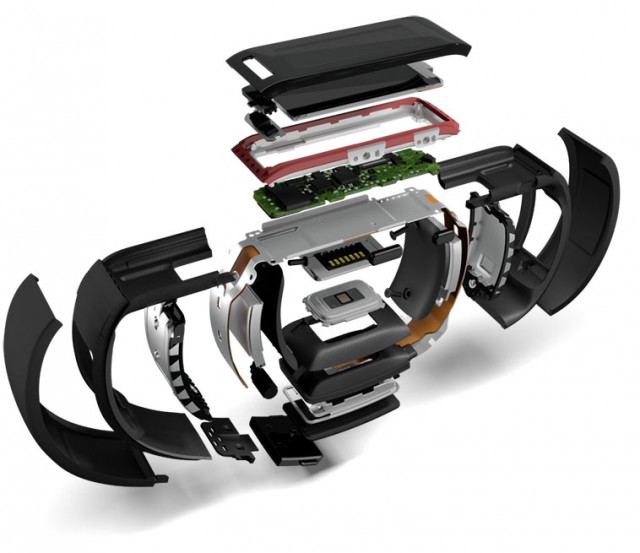Yep. You need stereo vision for stereo AR. However, I consider those AR uses in the home so niche as to not be worth pursuing for a console. Best case, you have either EyePet with 3D object interaction, hiding behind table legs, or Kinect style full-body action with you in the game wearing virtual suits of armour etc. For the mainstay, 3D AR really hasn't got much appeal IMO.
That may not be the case over the lifetime of the machine tho. Personally i'd make it an add on. Following previous PS Eye and Kinect business models. Only packed in when the margins on the machine allow it.
If the Eye is standard then perhaps they could just sell an adapter to offer 3D. a smaller cheaper version of 2D to 3D adapters you can get for consumer level cameras now.
Last edited by a moderator:


